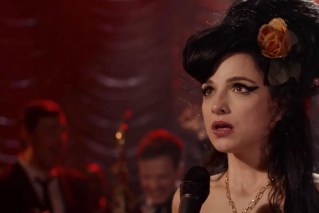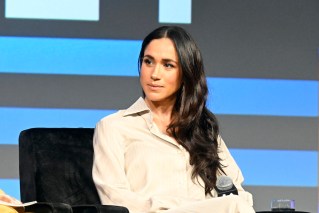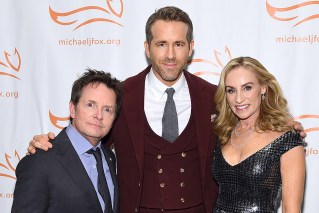Where the Crawdads Sing: Between best-selling book and silver screen something vital was lost

Source: Sony Pictures
Here is some of what we learn: A swamp is not a marsh, a marsh being a deeper and darker ecosystem with many places to hide. Crawdads are tiny crustaceans – what Australians know as yabbies – and they don’t sing, except metaphorically.
On top of all that, a best-selling book and a ripper story do not guarantee a great movie, even in the hands of Reese Witherspoon, who championed the book and whose company, Hello Sunshine, produced the film.
The film isn’t awful, but it should have been better.
How is it possible to get a bit bored in a story that is quintessential Louisiana noir? None of this is the fault of its lead, UK actor Daisy Edgar-Jones (Normal People), who, as Kya – known to the folks in town as Marsh Girl – gives a suitably impenetrable performance that mixes naivety and brains in a way that never seems mawkish.
Kya’s life is a sad saga of rural poverty and we meet her as a young girl in an isolated cabin in a North Carolina swamp with an alcoholic and violent father who drives away her mother, then her brothers and sister.
Finally, the father leaves as well and Kya, illiterate and unschooled but a gifted artist and observer of the natural world, learns to survive – helped in no small part by the owners of the bait and tackle shop, who are Black and also considered outsiders.
Two men change her destiny. Tate (Taylor John Smith), a boy she bumps into on the marshes, is a kindred spirit and he leaves her feathers as tokens of friendship. They become friends and lovers.
Tate teaches Kya literacy, and convinces her to find a publisher for her wildlife drawings. Then he goes to college, leaving the swamplands for a different life.
Taking the fall
The other is Chase Andrews (Harris Dickinson), an entitled local with a brutish charm that Kya, for all her smarts, falls for. And it is his death, apparently accidental but maybe not, for which Kya is arrested and put on trial.
Chase fell from the top of a fire tower through a grate and is found face down in the swamp mud. There are no footprints nearby and no fingerprints on the tower, which should point to Kya’s innocence.
Then again, because she is Marsh Girl, it could just prove she murdered him, even though she was out of town for a meeting with her publishers on the night that it happened.
She refuses to defend herself by taking the stand before the people who have judged her since she was little.
The film’s weakness is its enervating structure that cuts back and forth and shuts down every potential emotional connection before it is made.
Where the Crawdads Sing opens with the trial, setting up the murder scenario, then flips back to Kya’s youth, and it keeps right on doing this in a way that sucks the energy from the screen.
Nothing is allowed to reach its potential in the way it could in the book, written by wildlife botanist Delia Owens, who really did collect feathers.
The story, leaving aside its denouement, is over-explained through narration, as if no one trusts the audience to know what happened.
Meanwhile, our sympathy for the characters is never given the space to grow. It is a gripping story, believe me. What a shame you don’t feel that as you watch it.
Where the Crawdads Sing opens in cinemas this week.
This review originally appeared in InReview. Read the original here








